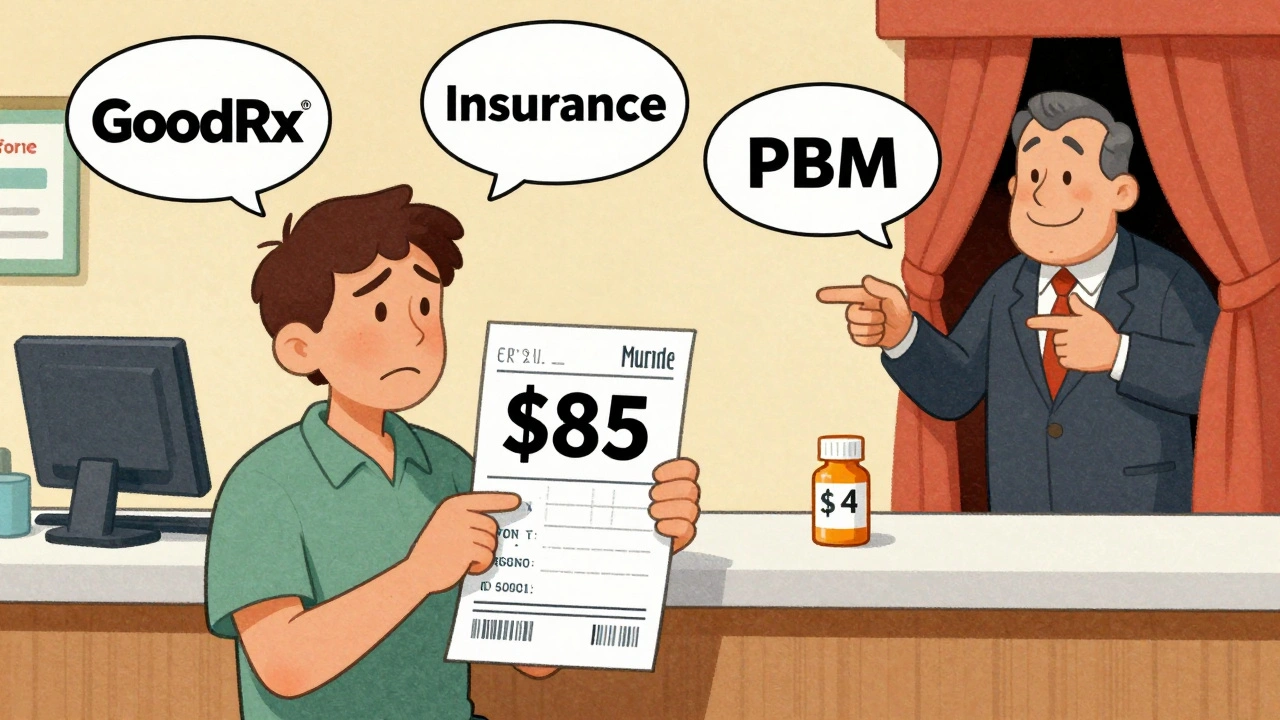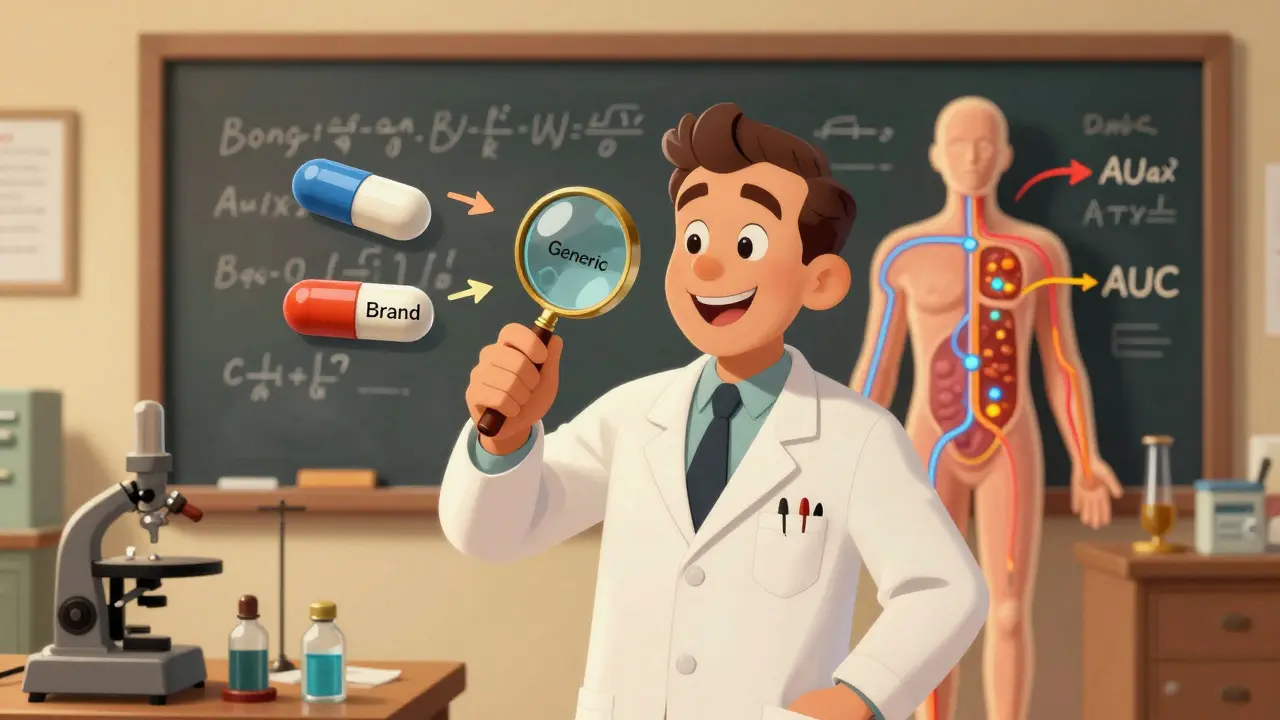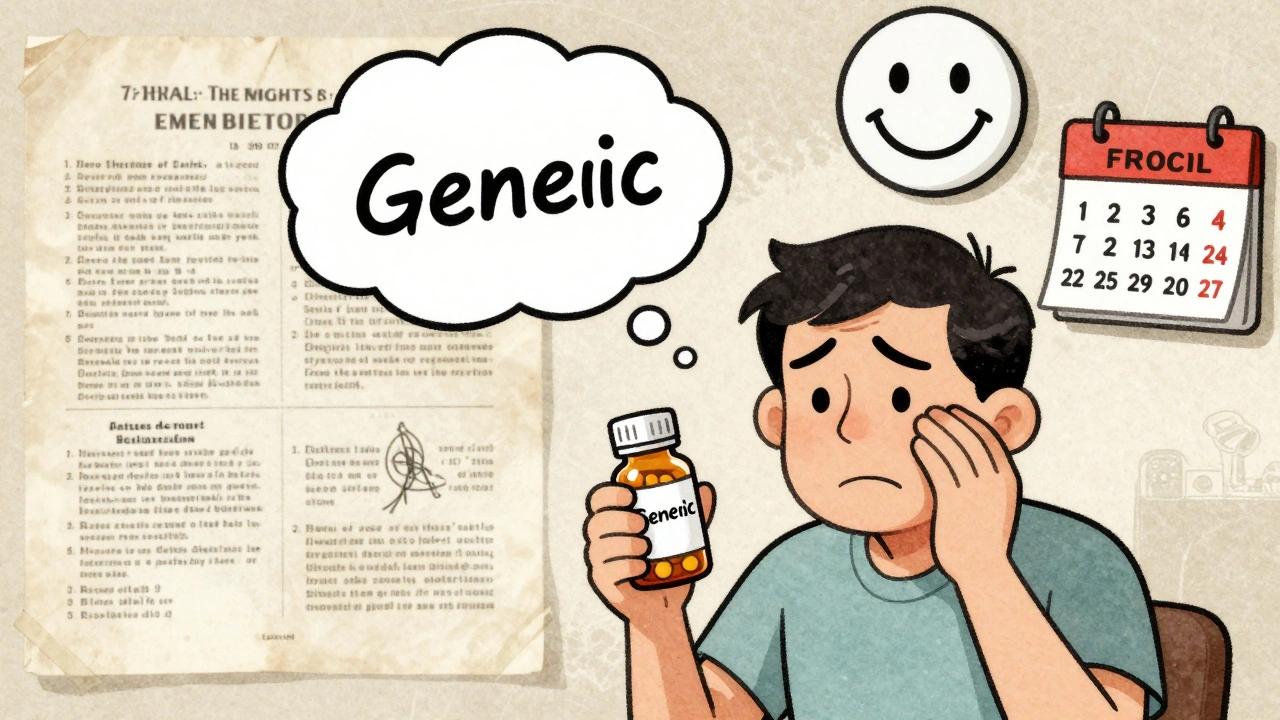Heart Rhythm Disorders: Understanding, Diagnosis & Management
When dealing with heart rhythm disorders, irregularities in the heart’s electrical activity that can cause missed beats, rapid pacing, or slow rhythms, patients and doctors face a mix of symptoms and treatment choices. Also known as arrhythmias, these conditions span everything from occasional premature beats to dangerous fibrillation. One of the most common forms is atrial fibrillation, an irregular, often rapid heartbeat that originates in the upper chambers of the heart, which can increase stroke risk if left untreated. Another serious type is ventricular tachycardia, a fast heart rhythm that begins in the lower chambers and may lead to cardiac arrest. To spot these patterns, clinicians rely on the electrocardiogram (ECG), a non‑invasive test that records the heart’s electrical signals on paper or screen, providing a visual map of rhythm disturbances. Once identified, many patients are prescribed antiarrhythmic medication, drugs that stabilize electrical conduction and prevent dangerous beats, often in combination with lifestyle tweaks.
How Doctors Diagnose and Track Heart Rhythm Problems
Understanding heart rhythm disorders starts with a clear picture of the heart’s timing. A routine check‑up may include a simple pulse count, but the gold standard is an ECG, which captures the exact shape of each beat. For intermittent episodes, doctors may recommend a Holter monitor— a wearable device that records heart activity for 24‑48 hours— or an event recorder that activates when symptoms appear. These tools help differentiate between benign extrasystoles and truly dangerous arrhythmias like atrial fibrillation. Blood tests also play a role; electrolyte imbalances, thyroid hormone levels, and certain medications can trigger or worsen rhythm issues. Once the data are in hand, clinicians classify the disorder by its origin (atrial vs. ventricular) and its rate (slow, normal, or fast), which guides treatment decisions.
Treatment pathways vary widely. For many with atrial fibrillation, blood‑thinning drugs such as warfarin or newer anticoagulants reduce stroke risk, while rhythm‑controlling agents like beta‑blockers or calcium‑channel blockers keep the heart rate in check. Ventricular tachycardia often demands more aggressive action—implantable cardioverter‑defibrillators (ICDs) can deliver life‑saving shocks when dangerous rhythms emerge. In some cases, catheter ablation—using heat or cold to scar tiny areas of heart tissue—offers a permanent fix. Lifestyle factors matter, too: limiting caffeine, alcohol, and nicotine, staying active, and managing stress can lower the chance of episodes. By combining accurate diagnosis, appropriate medication, and, when needed, device therapy, most people can live full lives despite a history of rhythm trouble.
Below you’ll find a curated set of articles that dive deeper into the drugs, diagnostics, and lifestyle choices that intersect with heart rhythm disorders. Whether you’re looking for detailed drug comparisons, side‑effect profiles, or practical tips for managing symptoms, the collection offers actionable insights to help you stay on top of your heart health.
Heart Rhythm Disorders Explained: Types, Symptoms & Treatment
A detailed guide covering the main types of heart rhythm disorders, their symptoms, diagnosis methods, treatment options, and lifestyle tips for managing arrhythmias.





